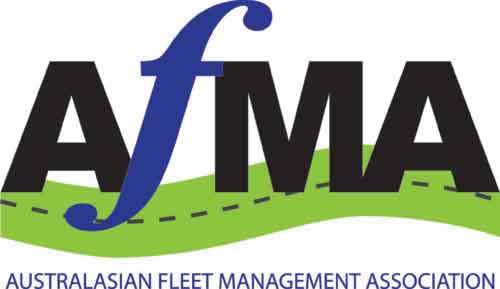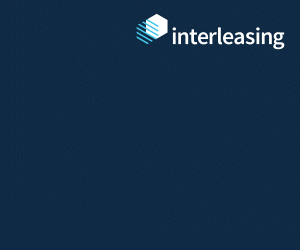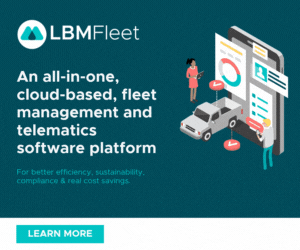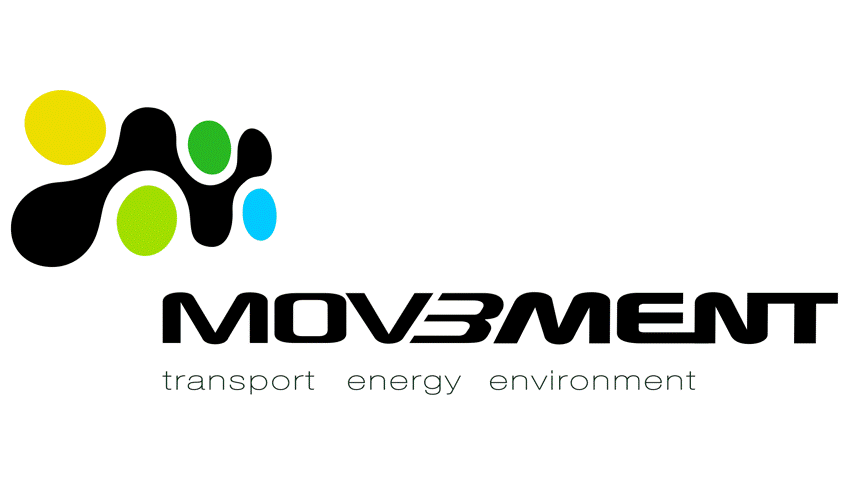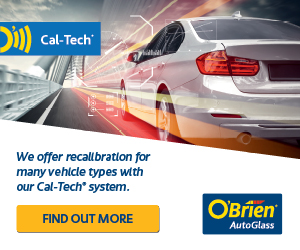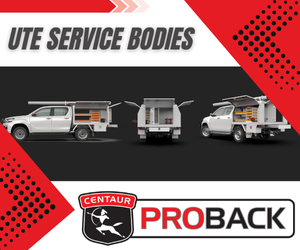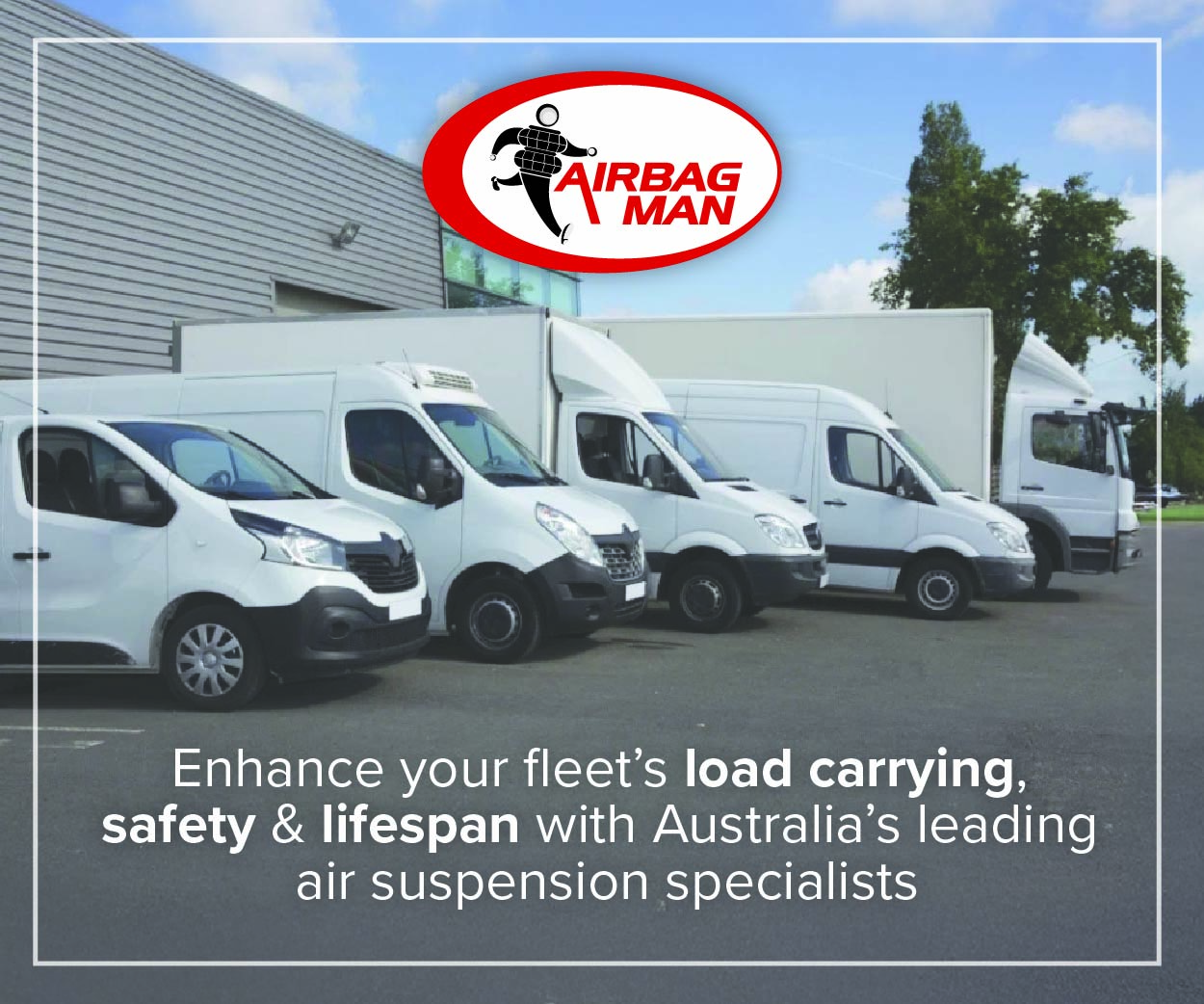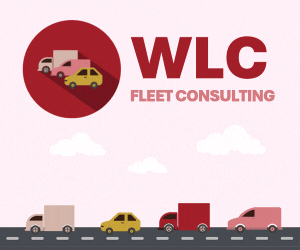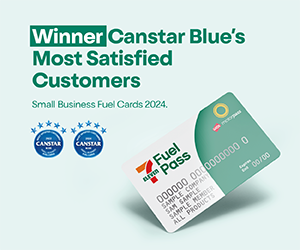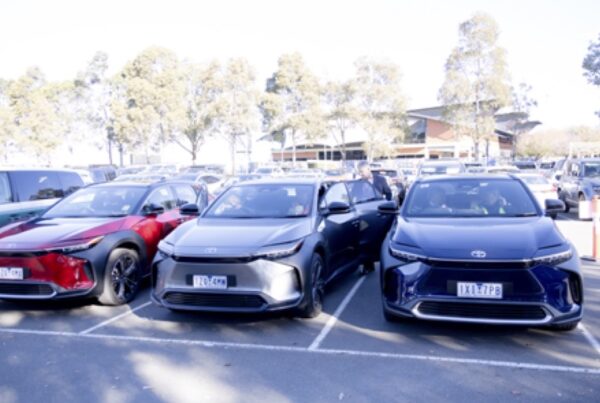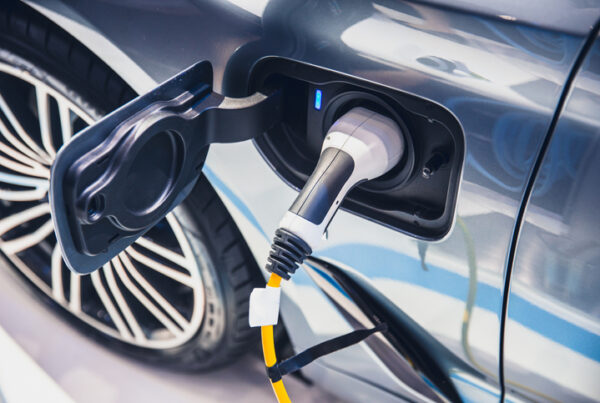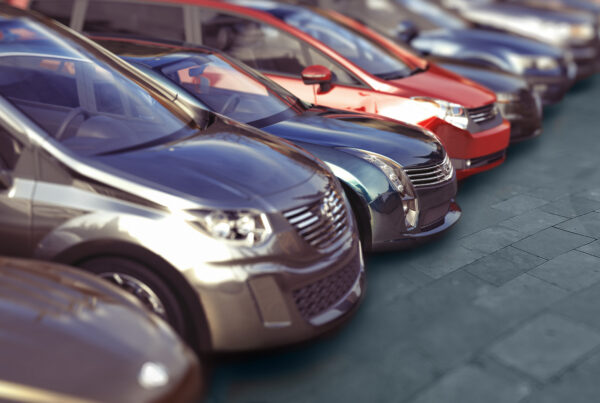South Australian, Vic blackouts skyrocket solar interests
The last month’s power outages across South Australia and Victoria due to extreme weather conditions has seen enquiries for Tesla’s solar-powered at-home battery-storage system Powerwall, spike dramatically.
The blackouts have been incredibly costly for both states and saw homeowners flood Tesla Powerwall suppliers with calls and emails. Installers  have said “blackout proofing” is a hot topic among homeowners at the moment.
have said “blackout proofing” is a hot topic among homeowners at the moment.
Natural Solar managing director Chris Williams said in Fairfax’s Financial Review last week, the power outages caused not just state-specific interest, it came nationwide, putting power grids in a predicament.
“We have seen a massive pick-up in demand,” Williams said, “It’s been 30 times normal levels. The interest in back-up power is enormous.”
The biggest peak of interest came within five days after the blackout started on September 28.
Off-Grid Energy Australia, based in South Australia and with sizeable customer base in Victoria reflected the same response.
“Blackout proofing has become a really big point,” said co-founder Emily McMahon, whose company installs Powerwall systems and Redflow ZCell batteries. The storms have been a catalyst for change.
“People are sick of the grid in general and the high electricity prices,” Ms McMahon added, saying households and businesses are increasingly more aware of how the grid operates, paying $20,000 to $25,000 for a full home storage battery system with solar panels for private properties.
Approximately 95% of Chris Williams’ Natural Solar customers are choosing a Tesla Powerwall to accompany their home battery storage.
–
Tesla Motors has also told a press conference all its vehicles will be fitted with the hardware to enable its Autopilot self-driving software  capabilities, including the Model S, Model X SUV and Model 3 expected in Australia at the end of 2017/early 2018.
capabilities, including the Model S, Model X SUV and Model 3 expected in Australia at the end of 2017/early 2018.
CEO Elon Musk made it clear that while the electric cars will be capable of autonomous driving, they will not be enabling the function until sufficient real-world testing has taken place.
Tesla has also partnered with Panasonic to develop its next-generation of even high-output photovoltaic cells. While the deal is non-binding, it is collaboratively intent on developing Tesla’s recently acquired SolarCity investment and Panasonic’s industry scale to their advantage.
What does this mean? Affordability meeting efficient and reliable solar technology that could make it into production in the future.
–
German Transport Minister Alexander Dobrindt has also sent a letter to Telsa Motors to stop using the term ‘Autopilot’ in advertising the Model S  features to customers.
features to customers.
In a written statement to Reuters, a ministry spokeswoman said, “It can be confirmed that a letter to Tesla exists with the request to no longer use the term Autopilot for the driver assistance system of the car,” she said.
Tesla responded saying it’s not the first time the term has been used and does come with warnings the system is not for inattentive driving.
“Just as in an airplane, when used properly, Autopilot reduces driver workload and provides and added layer of safety when compared to purely manual driving,” the Tesla spokeswoman said.
The Federal Motor Transport Authority (KBA) issued letters to Tesla owners informing them of their need to pay full attention while driving. The KBA’s letter told Tesla, “In order to prevent misunderstanding and incorrect customers’ expectations, we demand the misleading term Autopilot is no longer used in advertising the system.”
